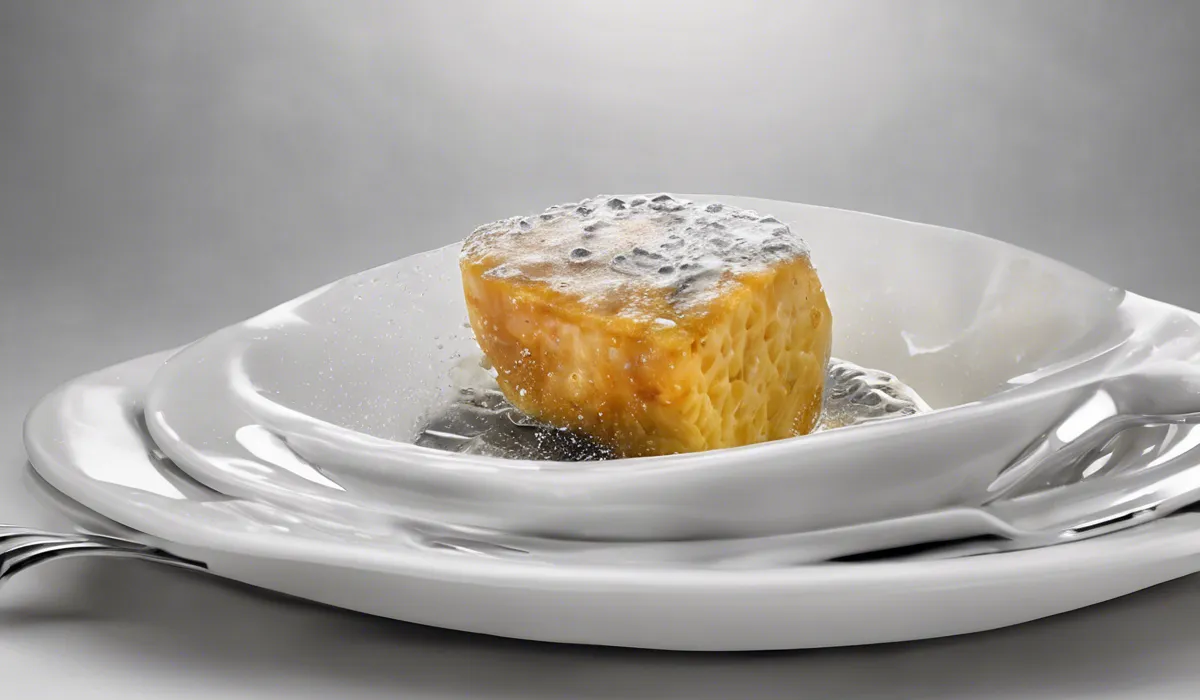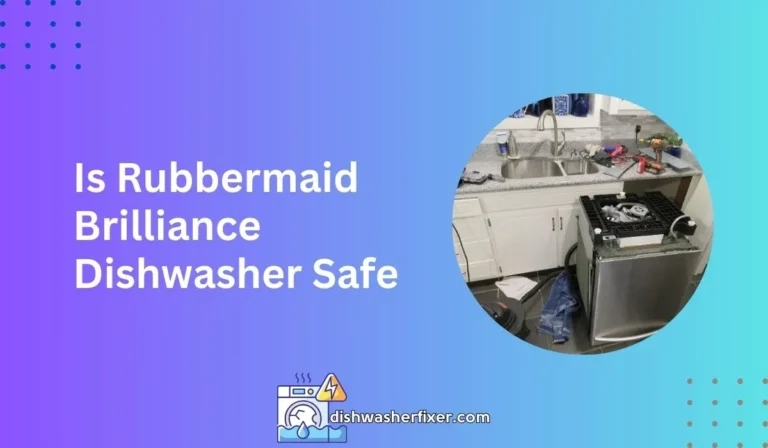Will Dishwasher Kill Mold on Dishes? The Surprising Truth!
Yes, a dishwasher can kill mold on dishes. High temperatures and detergents used during the dishwasher’s cycle are effective at eliminating mold. Ensure to use the hot water setting and a mold-killing detergent for best results.
Understanding Mold on Dishes

What Is Mold?
Mold is a type of fungus that can grow almost anywhere there is moisture and organic material. It comes in a variety of types, such as Aspergillus, Cladosporium, and Penicillium, each with unique characteristics.
Mold reproduces through tiny spores that travel through the air, making it easy to land and grow on surfaces, including dishes.
Conditions for Mold Growth on Dishes
Mold thrives in warm, damp environments. Dishes left unwashed, especially when they have food residue on them, create the perfect breeding ground for mold spores to settle and multiply.
Inadequate drying or storing dishes while they are still damp can also contribute to mold growth.
Health Risks of Mold Exposure
Exposure to mold can lead to health issues, particularly for those with allergies, asthma, or compromised immune systems.
Symptoms may include respiratory problems, throat irritation, nasal stuffiness, eye irritation, or in severe cases, skin rashes or lung infections.
Common Misconceptions About Mold
Many people believe mold on dishes can be wiped away or simply ignored, but mold can be deeply rooted and not always visible to the naked eye. It’s essential to thoroughly clean dishes to ensure all mold is removed.
Dishwashers and Mold Elimination

The Dishwasher Cycle
A dishwasher cleans dishes through a series of cycles, which include pre-rinse, main wash, and drying.
The combination of water movement, heat, and detergents work together to break down and remove food particles, grease, and other contaminants such as mold.
Water Temperature Against Mold
Hot water is a critical element in killing mold. Most dishwashers have a setting that allows water to reach temperatures high enough, typically around 140°F (60°C), to kill mold spores and bacteria effectively.
Detergents’ Role in Mold Removal
Dishwashing detergents are designed to break down organic matter, which helps in removing mold.
They contain chemicals that are tough on mold but safe for dishes, ensuring that mold is not just detached but also killed during the wash cycle.
Maintaining Your Dishwasher
Regular maintenance of your dishwasher is crucial to prevent mold growth. This includes cleaning the filter, wiping down the gaskets, and occasionally running a cycle with a dishwasher cleaner to remove any hidden mold and buildup.
Best Practices for Mold-Free Dishes

Pre-Cleaning Dishes
Before loading dishes into the dishwasher, pre-clean them by scraping off food residues. This reduces the chances of mold spores clinging to leftover food and growing during the warm, moist dishwasher cycle.
Selecting Dishwasher Settings
Always choose the right settings on your dishwasher to ensure maximum cleaning efficiency. Utilize the hot water cycle and consider using additional options such as ‘sanitize’ if available to further combat mold spores.
Dishwasher Cleaning and Maintenance
Clean and maintain your dishwasher regularly to ensure it remains mold-free. This includes inspecting and cleaning the spinning arms, checking for food particles, and making sure that the dishwasher drains properly after each cycle.
Storage and Regular Use
Proper storage of dishes after washing is essential. Ensure they are completely dry before putting them away to prevent mold growth. Regular use of your dishwasher can also help keep it dry and less hospitable to mold.
Natural Mold Inhibitors
Consider using natural mold inhibitors like vinegar or baking soda as part of your dishwashing routine. These can be added to your dishwasher to help remove any potential mold and freshen up the machine.
FAQs About Dishwasher Killing Mold on Dishes
Can a dishwasher effectively kill mold on dishes?
Yes, a dishwasher can effectively kill mold on dishes by using high temperatures and mold-killing detergents during its cycle.
Is the hot water setting necessary for killing mold in a dishwasher?
Using the hot water setting is recommended for killing mold, as the high temperatures contribute to the elimination of mold spores.
What kind of detergent should be used to kill mold on dishes?
For best results, a mold-killing detergent or a dishwasher detergent with anti-microbial properties should be used to kill mold on dishes.
Can all types of mold be killed by a dishwasher?
Most types of mold can be killed by a dishwasher, especially when using the correct cycle settings and detergents, but some may require additional cleaning.
Is it safe to use dishes after they’ve been washed in a dishwasher with mold?
Yes, it is safe to use dishes after they’ve been washed in a dishwasher with mold, provided the dishwasher has effectively killed and removed the mold.
Final Thoughts
Dishwashers are effective at killing mold on dishes when utilizing hot water settings and mold-killing detergents.
The combination of high temperatures and cleaning agents in a dishwasher’s cycle can successfully eliminate mold, ensuring your dishes come out clean and hygienic.





